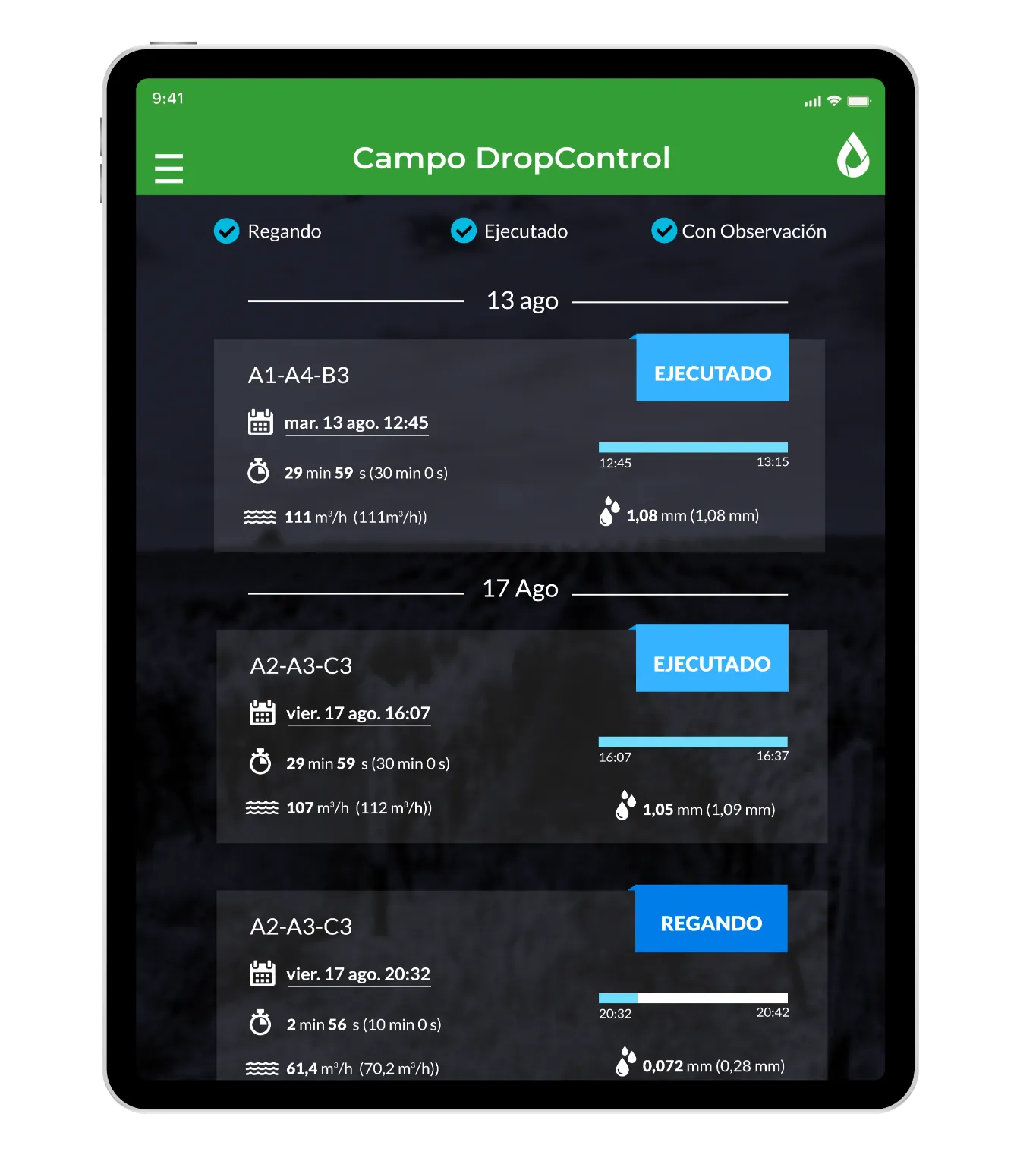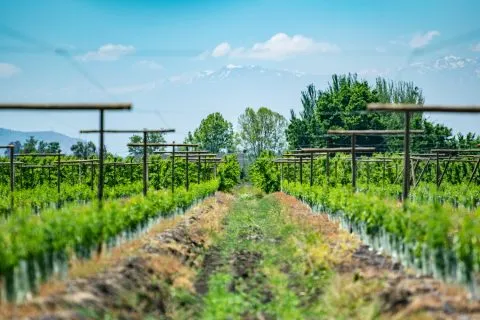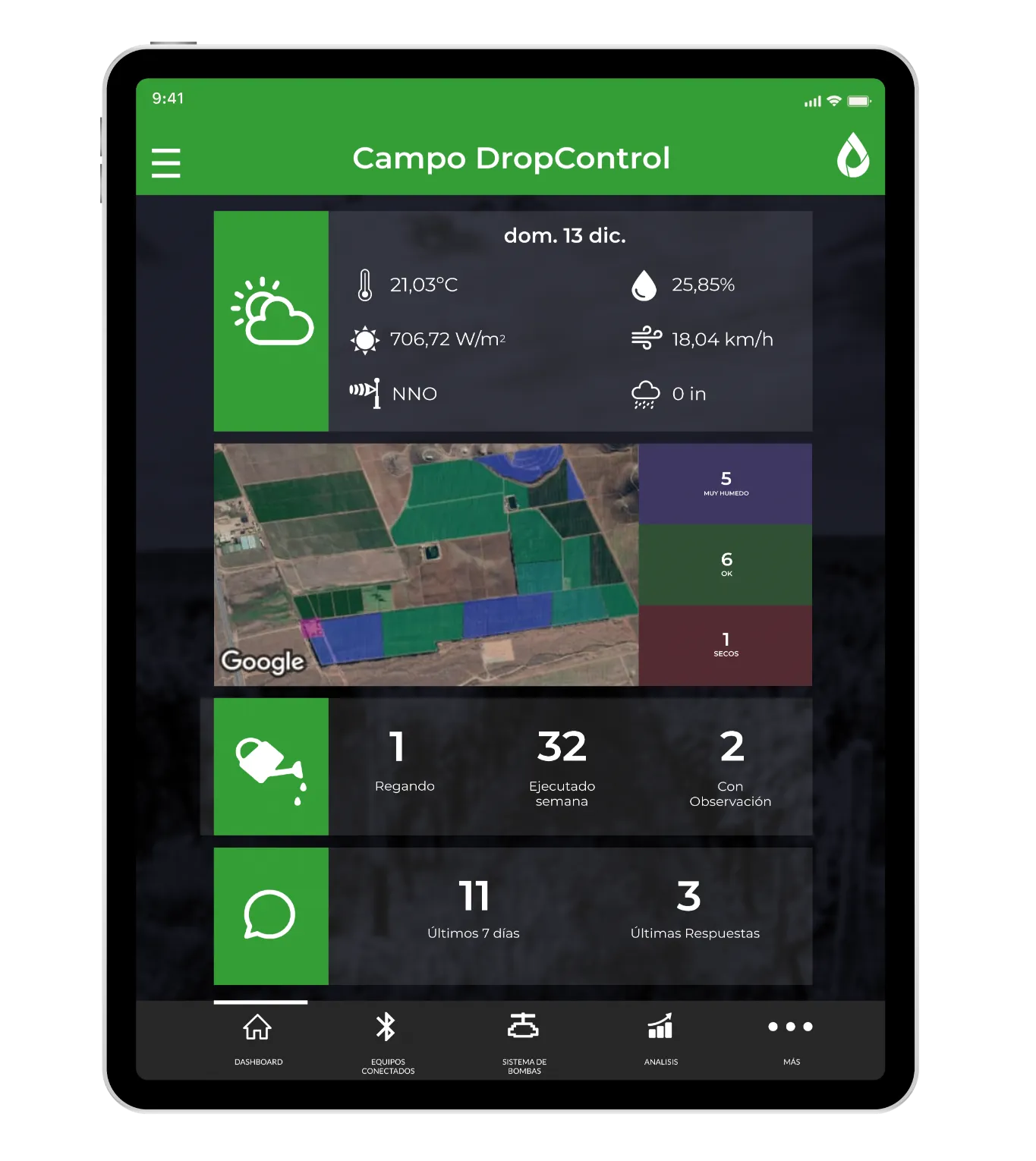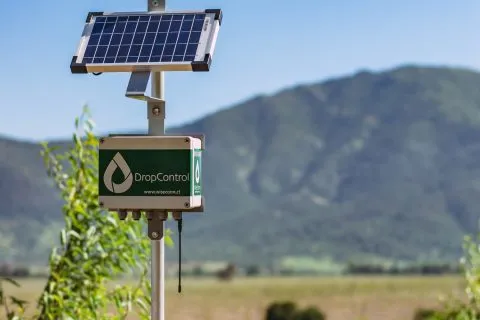
Integrating Fertigation and Irrigation for Maximum Crop Yield and Resource Optimization
In the agricultural sector, where water resources are increasingly limited, finding solutions that allow for more production with less has become a priority. Two key practices in this scenario are fertigation and irrigation. Both techniques, when strategically integrated, not only improve water use efficiency but also significantly increase crop productivity.
For agricultural distributors and companies seeking value solutions for their clients, understanding and offering the integration of fertigation and irrigation represents a unique opportunity to differentiate themselves in the market and contribute to more profitable and sustainable agriculture.
At WiseConn, we know that fertigation and irrigation are fundamental in modern agriculture because they allow for the optimization of water and nutrient use, which translates into greater productive efficiency and sustainability.
What is fertigation?
Fertigation is the process of applying soluble fertilizers directly thru the irrigation system. This technique allows nutrients to reach evenly and in the appropriate amount exactly where the plant needs them: in the root zone.
This method efficiently combines plant nutrition and irrigation, ensuring that crops receive the necessary elements at the right time and in the appropriate amount.
Main benefits of fertigation:
- Precision in crop nutrition.
- Reduction of fertilizer waste.
- Greater nutrient absorption by the plant.
- Cost savings on supplies and labor.

Understanding Irrigation Systems
Irrigation is the process of supplying water to crops in a controlled manner. There are different systems, each with specific advantages depending on the type of crop, soil, and climate:
- Drip irrigation: High efficiency in water use, ideal for fertigation.
- Sprinkler irrigation: Suitable for large areas.
- Furrow or gravity irrigation: Traditional, but less efficient in water savings.
Proper water management in agriculture is essential to ensure sustainable yields and reduce pressure on water resources.
Benefits of integrating fertigation and irrigation
When fertigation and irrigation are combined into a single system, the benefits multiply:
Optimization of resources: Every drop of water and every gram of fertilizer is utilized to the fullest.
Higher crop yields: Healthier and more productive plants thanks to a constant supply of nutrients and moisture.
Agricultural sustainability: Lower environmental impact due to reduced leaching and runoff.
Operational savings: Less input, lower costs, and more efficiency.
Offering the integration of fertigation and irrigation means providing farmers with concrete tools to compete in an increasingly demanding market.

Best practices for integrating fertigation and irrigation
Implementing a system that combines fertigation and efficient irrigation requires planning and continuous monitoring. Some recommendations are:
- Design the system considering the type of soil, crop, and climatic conditions.
- Use highly soluble fertilizers compatible with the irrigation system.
- Incorporate humidity and pH sensors for precise control.
- Perform periodic maintenance to prevent blockages.
- Train technicians and farmers in the operation and adjustment of the system.
Challenges and solutions in the integration of fertigation and irrigation
Although the benefits of fertigation and irrigation are clear, there are also challenges that need to be addressed:
- Obstructions in the irrigation system due to poorly dissolved fertilizers. Solution: filters and quality fertilizers.
- Nutrient imbalance due to incorrect dosing. Solution: use of soil monitoring and analysis software.
- High initial implementation costs. Solution: demonstrate the return on investment through savings on inputs and increased performance.
Technological innovation, such as automated control systems, is helping to overcome these obstacles.
Fertigation and irrigation as a solution
The integration of fertigation and irrigation is today one of the most effective strategies to achieve more efficient, profitable, and environmentally friendly agriculture.
For distributors, it represents the opportunity to offer high-value solutions that meet the current demands of farmers: maximizing yield with responsible resource use.



